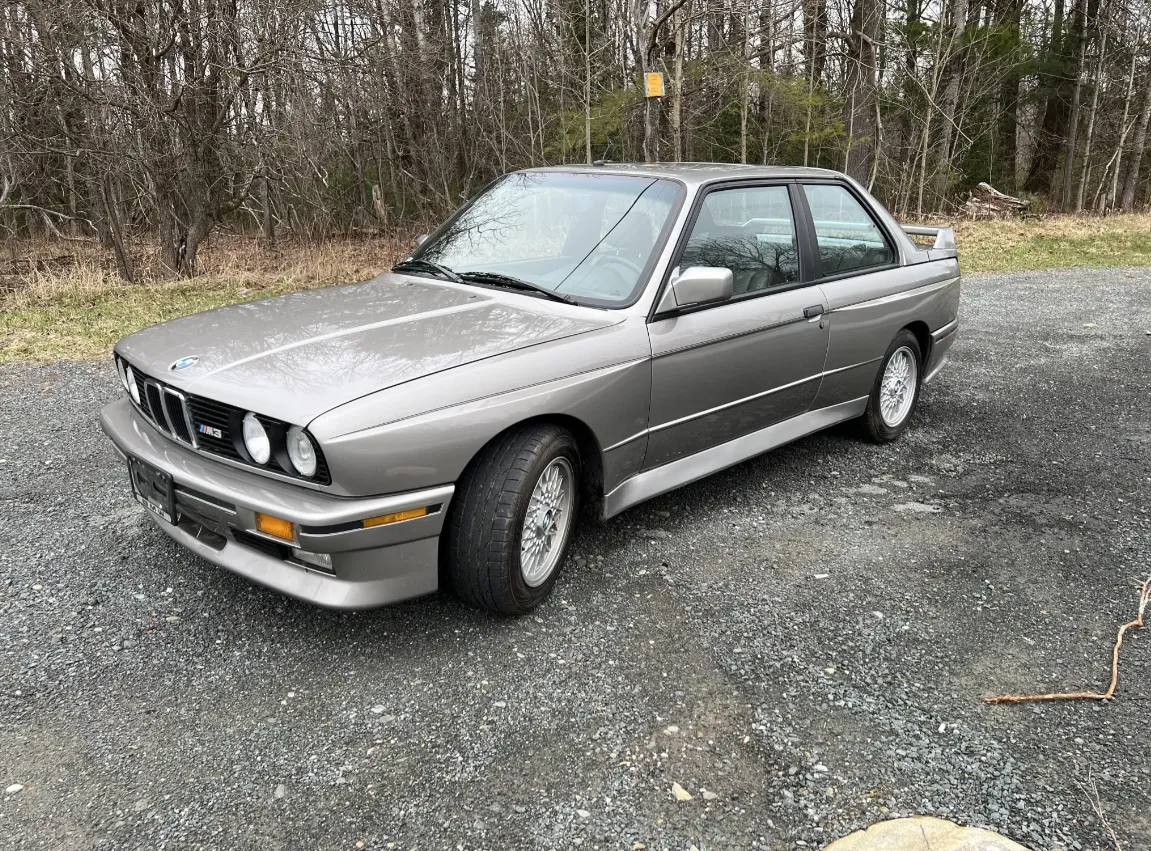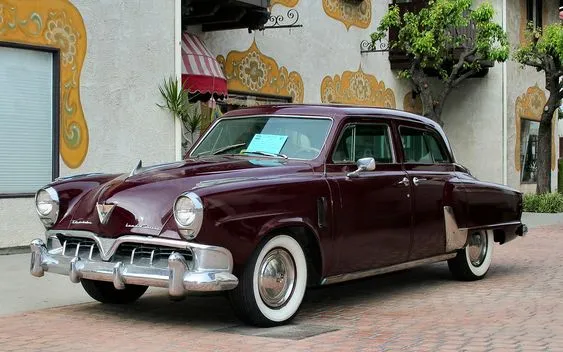The 1936 Studebaker Director Coupe stands as an emblematic vehicle of its time, capturing the essence of pre-war American automotive design and engineering. Produced by the Studebaker Corporation, a company with a rich history dating back to the mid-19th century, the Director Coupe exemplifies the blend of luxury, innovation, and craftsmanship that Studebaker was renowned for.

The 1936 model year was significant for Studebaker as it marked a period of stylistic transition and technological advancement. The Director Coupe, part of the broader Studebaker lineup, showcased the company's commitment to delivering high-quality vehicles with distinctive design elements. One of the most striking features of the Director Coupe was its streamlined, aerodynamic body. The vehicle's design was influenced by the Art Deco movement, evident in its smooth curves, elegant lines, and attention to detail. The front grille, a hallmark of Studebaker's design language, was both functional and aesthetically pleasing, contributing to the vehicle's overall sophisticated appearance.

Under the hood, the 1936 Studebaker Director Coupe was equipped with a robust inline-six engine, which provided a reliable and smooth driving experience. This engine was known for its durability and efficiency, making the Director Coupe a popular choice among consumers who valued performance and longevity. The vehicle's suspension system, featuring independent front suspension, was advanced for its time and contributed to a comfortable ride, setting it apart from many competitors.

The interior of the Director Coupe was designed with luxury and comfort in mind. High-quality materials, such as plush upholstery and fine wood trim, adorned the cabin, creating an inviting and opulent atmosphere. The dashboard was well-organized, with easily accessible controls and a stylish instrument panel that added to the vehicle's upscale feel. Attention to detail was paramount, with features like chrome accents and bespoke fittings enhancing the overall sense of luxury.

In terms of innovation, the 1936 Studebaker Director Coupe incorporated several forward-thinking features. For instance, the vehicle came equipped with hydraulic brakes, a relatively new technology at the time that significantly improved braking performance and safety. Additionally, the Director Coupe offered options such as a built-in radio, which was a luxury feature in the mid-1930s, allowing occupants to enjoy entertainment while on the road.

The 1936 Studebaker Director Coupe was not just a mode of transportation but a statement of elegance and modernity. Its design and engineering reflected the optimism and progressive spirit of the era. Studebaker's attention to quality and detail ensured that the Director Coupe was more than just a car; it was a work of art, a testament to the company's dedication to excellence.

Today, the 1936 Studebaker Director Coupe is a sought-after classic, cherished by collectors and enthusiasts alike. Its timeless design, combined with its historical significance, makes it a standout example of pre-war American automotive ingenuity. Whether admired for its aesthetic appeal or appreciated for its engineering prowess, the Director Coupe remains an enduring symbol of Studebaker's legacy in the automotive world.


